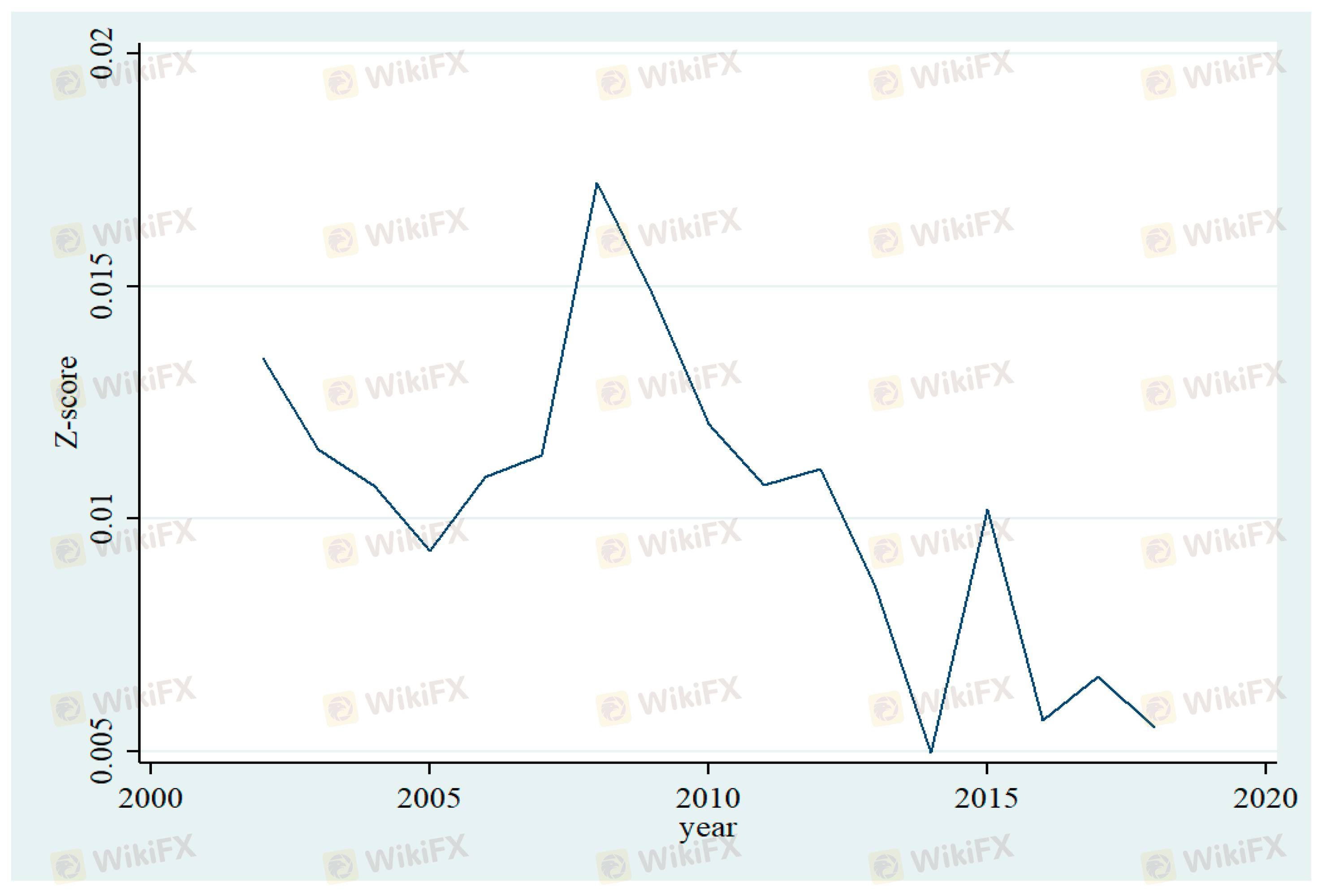2024-09-21 18:09
IndustryMarket Microstructure in Forex.
The foreign exchange market, also known as the Forex market, is a complex and dynamic environment where currencies are traded. Within this market, market microstructure plays a crucial role in shaping the behavior of market participants and the resulting price movements. In this article, we will delve into the components of market microstructure in Forex, the factors that influence it, and its significance in understanding the market.
Components of Market Microstructure in Forex
Market microstructure in Forex comprises several key components that interact to form the market's underlying structure. These components include:
1. Order Flow: The study of the flow of buy and sell orders, including the type of orders, their size, and their impact on the market.
2. Liquidity: The ability to buy or sell a currency pair quickly and at a stable price, without significantly affecting the market price.
3. Volatility: The extent of price movements in the market, which can be measured using various indicators such as the Average True Range (ATR).
4. Market Participants: The analysis of the different types of market participants, including retail traders, institutional investors, and market makers.
5. Information Asymmetry: The study of how different market participants have access to different levels of information, which can impact their trading decisions.
6. Price Discovery: The process by which the market determines the price of a currency pair, based on the interaction of supply and demand.
7. Market Efficiency: The extent to which the market reflects all available information, making it difficult to achieve returns in excess of the market's average.
Factors Influencing Market Microstructure in Forex
Several factors influence market microstructure in Forex, including:
1. Economic Indicators: Releases of economic data, such as GDP and inflation rates, can impact market sentiment and price movements.
2. Central Bank Actions: Decisions by central banks, such as interest rate changes and quantitative easing, can significantly impact the market.
3. Political Events: Political instability and major political events can impact market sentiment and price movements.
4. Market Sentiment: The overall attitude of market participants towards the market, which can be measured using various indicators such as the Fear and Greed Index.
5. Technical Analysis: The study of price movements and patterns, which can impact market sentiment and price movements.
Significance of Market Microstructure in Forex
Understanding market microstructure in Forex is essential for traders and investors, as it provides valuable insights into the market's behavior and dynamics. By analyzing market microstructure, market participants can:
1. Better understand the market's underlying dynamics
2. Identify potential trading opportunities
3. Develop more effective trading strategies
4. Manage risk more effectively
5. Improve their overall trading performance
Market microstructure in Forex is a complex and multifaceted topic that requires a comprehensive understanding of its components and factors. By analyzing market microstructure, traders and investors can gain a deeper understanding of the market and make more informed trading decisions. Remember, market microstructure is a constantly evolving field, and staying up-to-date with the latest research and developments is essential for success in the Forex market.
Like 0

天黑路滑人心杂
Trader
Hot content
Industry
Event-A comment a day,Keep rewards worthy up to$27
Industry
Nigeria Event Giveaway-Win₦5000 Mobilephone Credit
Industry
Nigeria Event Giveaway-Win ₦2500 MobilePhoneCredit
Industry
South Africa Event-Come&Win 240ZAR Phone Credit
Industry
Nigeria Event-Discuss Forex&Win2500NGN PhoneCredit
Industry
[Nigeria Event]Discuss&win 2500 Naira Phone Credit
Forum category

Platform

Exhibition

Agent

Recruitment

EA

Industry

Market

Index
Market Microstructure in Forex.
 | 2024-09-21 18:09
| 2024-09-21 18:09
The foreign exchange market, also known as the Forex market, is a complex and dynamic environment where currencies are traded. Within this market, market microstructure plays a crucial role in shaping the behavior of market participants and the resulting price movements. In this article, we will delve into the components of market microstructure in Forex, the factors that influence it, and its significance in understanding the market.
Components of Market Microstructure in Forex
Market microstructure in Forex comprises several key components that interact to form the market's underlying structure. These components include:
1. Order Flow: The study of the flow of buy and sell orders, including the type of orders, their size, and their impact on the market.
2. Liquidity: The ability to buy or sell a currency pair quickly and at a stable price, without significantly affecting the market price.
3. Volatility: The extent of price movements in the market, which can be measured using various indicators such as the Average True Range (ATR).
4. Market Participants: The analysis of the different types of market participants, including retail traders, institutional investors, and market makers.
5. Information Asymmetry: The study of how different market participants have access to different levels of information, which can impact their trading decisions.
6. Price Discovery: The process by which the market determines the price of a currency pair, based on the interaction of supply and demand.
7. Market Efficiency: The extent to which the market reflects all available information, making it difficult to achieve returns in excess of the market's average.
Factors Influencing Market Microstructure in Forex
Several factors influence market microstructure in Forex, including:
1. Economic Indicators: Releases of economic data, such as GDP and inflation rates, can impact market sentiment and price movements.
2. Central Bank Actions: Decisions by central banks, such as interest rate changes and quantitative easing, can significantly impact the market.
3. Political Events: Political instability and major political events can impact market sentiment and price movements.
4. Market Sentiment: The overall attitude of market participants towards the market, which can be measured using various indicators such as the Fear and Greed Index.
5. Technical Analysis: The study of price movements and patterns, which can impact market sentiment and price movements.
Significance of Market Microstructure in Forex
Understanding market microstructure in Forex is essential for traders and investors, as it provides valuable insights into the market's behavior and dynamics. By analyzing market microstructure, market participants can:
1. Better understand the market's underlying dynamics
2. Identify potential trading opportunities
3. Develop more effective trading strategies
4. Manage risk more effectively
5. Improve their overall trading performance
Market microstructure in Forex is a complex and multifaceted topic that requires a comprehensive understanding of its components and factors. By analyzing market microstructure, traders and investors can gain a deeper understanding of the market and make more informed trading decisions. Remember, market microstructure is a constantly evolving field, and staying up-to-date with the latest research and developments is essential for success in the Forex market.
Like 0
I want to comment, too
Submit
0Comments

There is no comment yet. Make the first one.

Submit
There is no comment yet. Make the first one.